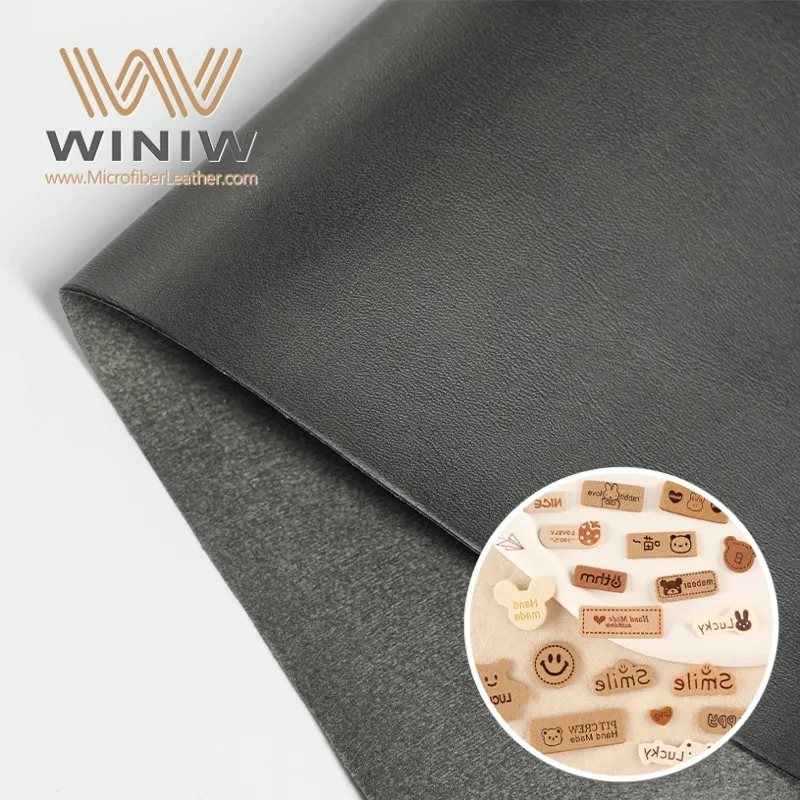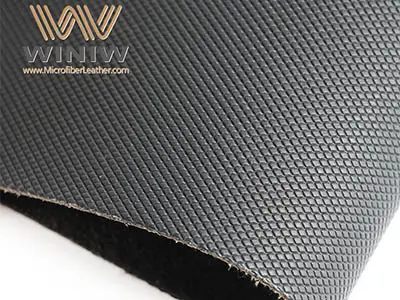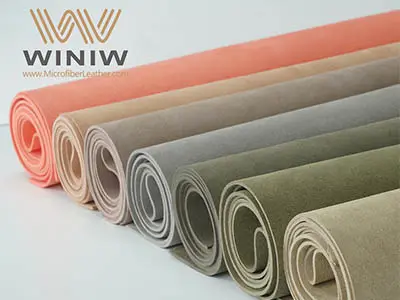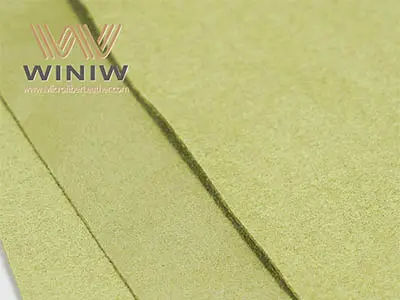Is microfiber leather eco-friendly?
Microfiber leather isn’t completely eco-friendly, but it has both good and bad points for the environment. Let me explain.
First, think about what it’s made of. Microfiber leather is mostly made from polyester and polyurethane, which come from petroleum—non-renewable resources. Making these materials uses a lot of energy and can release harmful chemicals. For example, processing polyester needs high temperatures, and producing polyurethane can create volatile organic compounds (VOCs). These can pollute the air and water, which is bad for the planet.
But here’s a plus: microfiber leather is animal-friendly. Unlike real leather, it doesn’t need animals to be raised or killed. That saves water and land that would’ve been used for animal farming. If you care about animals, this is a big win. But for the environment, the plastic base is still a problem.
Another thing: durability. Microfiber leather lasts a long time if you take care of it. That means you don’t have to replace products as often, which reduces waste. For example, a microfiber leather couch can last 10 years, while cheap fabric might need replacing in 5. Less waste is good for the environment. But when it does wear out, microfiber leather isn’t biodegradable. It will sit in landfills for years, which isn’t great.
Some companies are trying to make microfiber leather greener. They use recycled polyester from plastic bottles or old clothes. This cuts down on new petroleum use. Also, they might use water-based PU coatings instead of chemical ones to reduce pollution. These “eco-friendly” microfiber leathers are better, but they’re more expensive and not as common.
Compare it to real leather. Real leather comes from animals, so it’s biodegradable, but raising animals for leather uses tons of water and causes deforestation. Leather tanning can also release toxic chemicals into rivers. So neither is perfect—microfiber has plastic problems, real leather has animal and pollution issues.
What about disposal? When you throw away microfiber leather, it doesn’t break down. Burning it releases harmful gases. Real leather breaks down naturally, but if it’s treated with chemicals, those can still pollute. So both have disposal issues, but microfiber’s plastic base makes it worse for the long term.
In the end, is microfiber leather eco-friendly? Not entirely, but it has some benefits. If you choose microfiber made from recycled materials and keep it for a long time, it’s more eco-friendly than real leather in some ways. But it’s not a perfect green choice. The best thing is to buy less, choose durable products, and recycle when possible.




